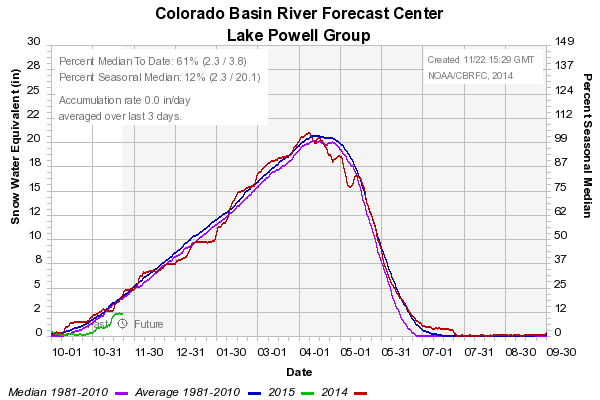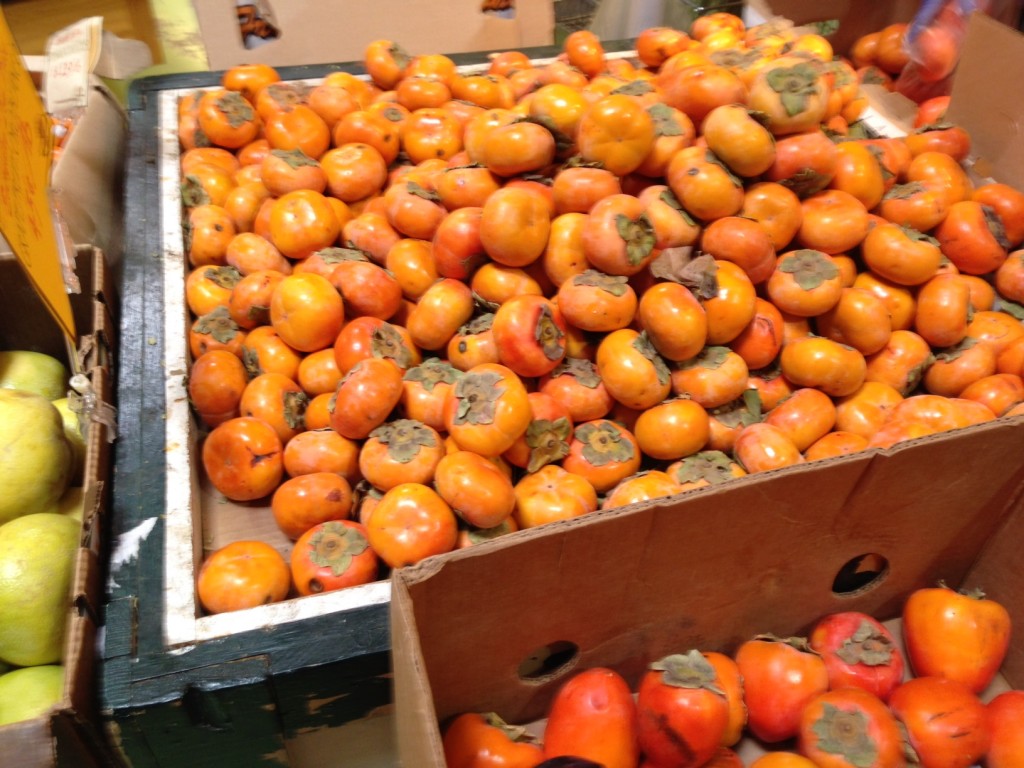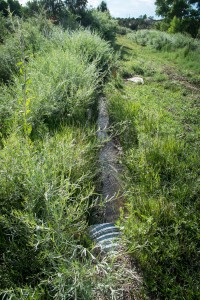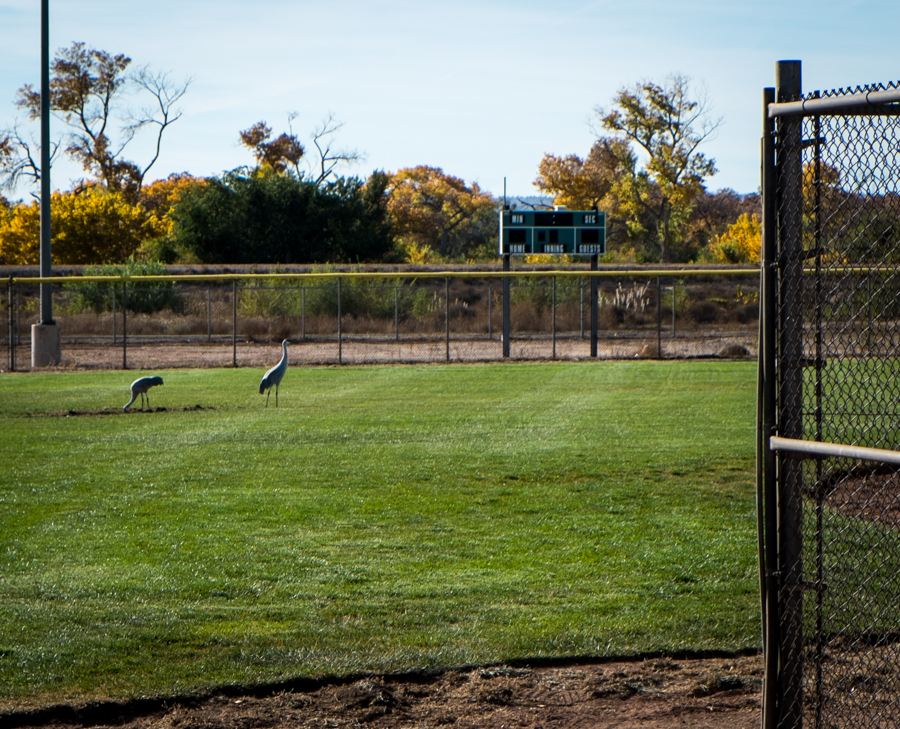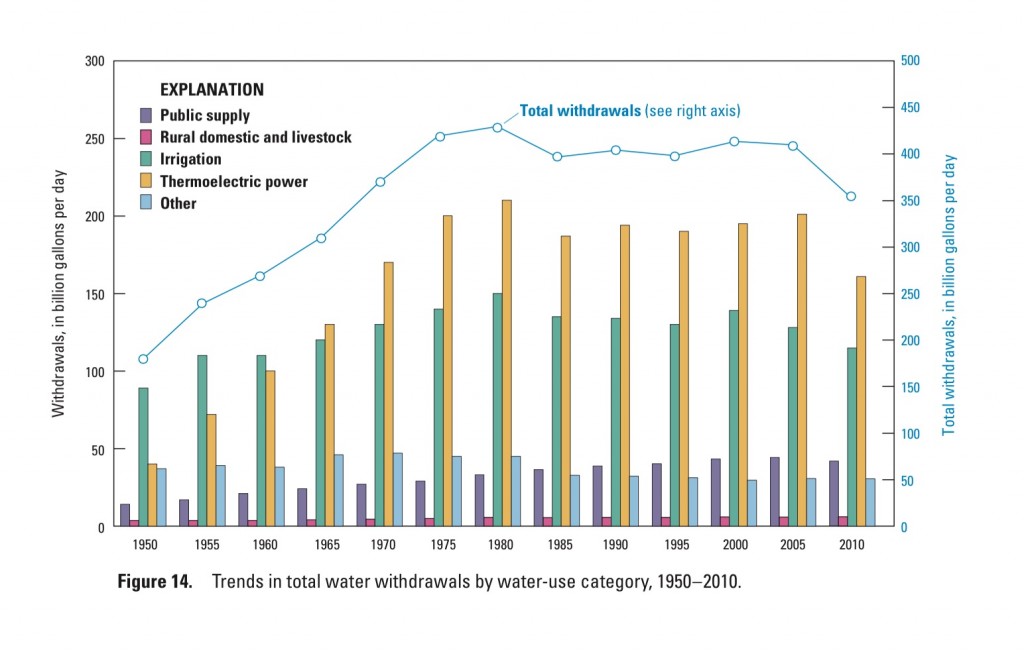From this morning’s newspaper, a look at the latest proposal to pump rural groundwater to New Mexico’s populous middle (behind Google surveywall):
Depending on your view of the issue, this is either: a) an innovative approach to bring new water to the Middle Rio Grande Valley, or b) an inappropriate attempt to privatize a public resource that could devastate the rural community where the water originates.
Currently, the proposal has entered a new state of legal limbo, with both proponents and opponents forced to spend money on lawyers to fight it out, but with no clear process for sorting out the underlying questions.
For the record, I’m agnostic on the proposal. My interest is in the process by which we solve these sorts of questions. And on that score, it’s increasingly clear that our current laws and policies are not up to the task of determining whether “a” or “b” is most consistent with our values and long-term interests.

